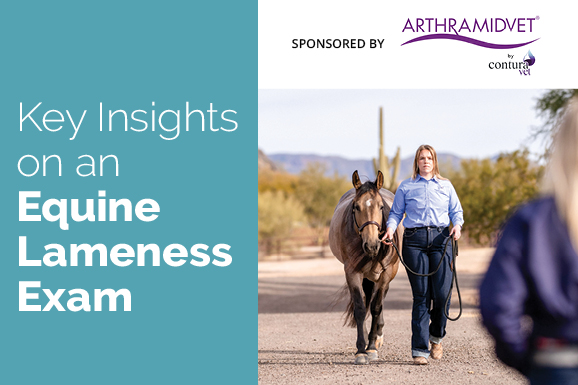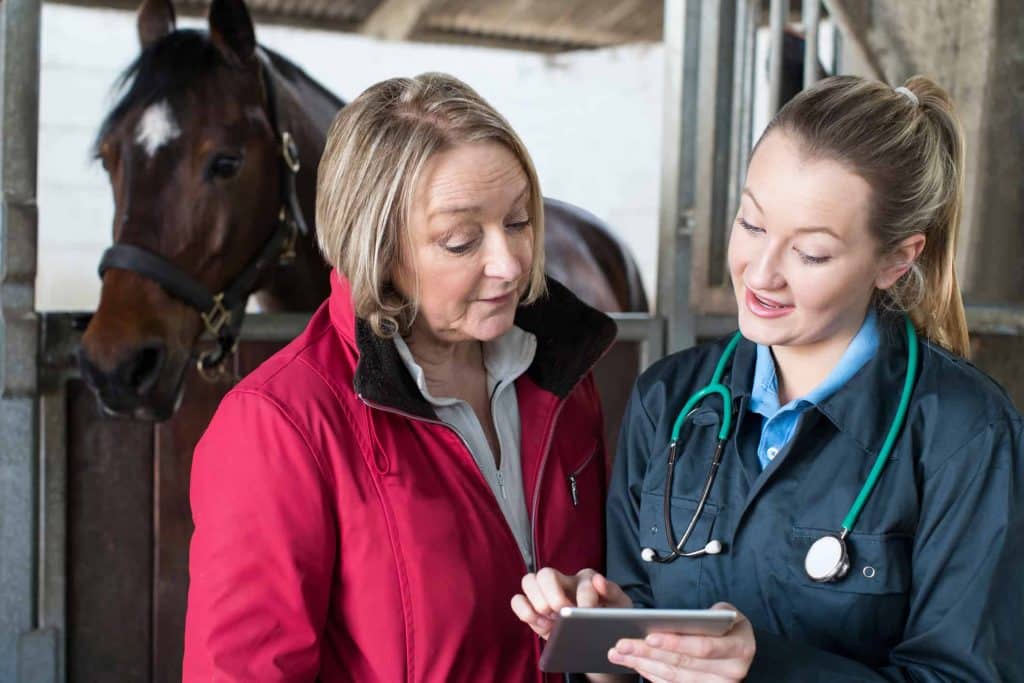
Diagnosing Equine Neck and Back Disease or Injury
Learn about the clinical signs of neck or back issues in horses and how they are diagnosed. Sponsored by Asto CT.

Learn about the clinical signs of neck or back issues in horses and how they are diagnosed. Sponsored by Asto CT.

A veterinarian answers a reader’s question on why some horses have runny manure certain times of the year.

Learn what a veterinary specialist does and when you might need to contact one in this article from the The Horse‘s Summer 2024 issue.

Discover how veterinarians use lameness exams and diagnostic tools to help pinpoint the source of equine lameness in this visual guide. Sponsored by Arthramid Vet.

Olympic equestrian teams rely on tailored veterinary care to optimize horse performance and manage health, ensuring peak condition for the Games.

Work closely with your veterinarian to regularly reevaluate your horse’s progress and determine the success of your horse’s rehabilitation program.

Learn about imaging techniques for accurately diagnosing pathologies in the equine back and neck.

Diagnostic imaging results are clearer than ever, but how they will affect a horse’s performance career isn’t always evident.

Do you know what to do–and just as importantly, what not to do–if your horse displays vague, mild, or serious signs of what might be colic? Your answer could save your horse’s life. Sponsored by Kentucky Performance Products.

An inside look at the 2018 EHV-1 outbreak that impacted hundreds of horses at a California show and how to control the disease.

Use this list of annual preventive care exams to help you keep your veterinary documents organized and up to date.

What causes fevers in horses? When is a fever considered dangerous? Equine veterinarians weigh in.

Explore the causes of and treatments for this common muscular problem in horses, along with prevention methods.

Gait-altering conditions such as EPM, wobbler syndrome, and Lyme disease can be tricky to spot and even more difficult to diagnose.

Find out what conditions, beyond lameness, a veterinarian might uncover during a prepurchase exam.

How veterinarians diagnose and rehabilitate horses suffering from kissing spines.
Stay on top of the most recent Horse Health news with
"*" indicates required fields